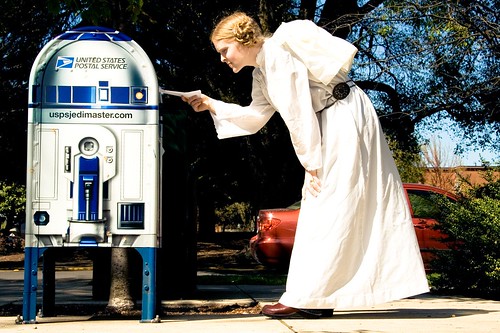I'm frequently asked what it is that I currently do for a living. For a number of years, I've been able to do something I really enjoy.
As an innovation practitioner, I am often on the lookout for new discussions of ideas that challenge traditional thinking. I'm also on the lookout for reading material that fits my schedule of constantly running for planes, travelling to different cities, and can accommodate my very few hours of free time which is littered with frequent interruptions.
I've recently come across a book that satisfies both criteria.
The respondents came from all walks of life. Physicists, chemists, cosmologists, philosophers, neurologists, mathematicians, editors, psychologists and television producers (to name a few) answered the call to respond to this question with thoughts of the unthinkable. In all, there are just over one-hundred short thought-pieces which cover a wide range of topics from science, religion, politics, and the humanities.
Many of the essays are thought-provoking. Some challenge the laws of the nature, others challenge the pillars our society is built upon. Of the several dozen or so entries I've read so far, some of the more notable "dangerous ideas" in this collection include:
Personally, I'm finding it very enjoyable to read just one idea during a weekday when travel and client schedules permit, which means, at this rate, I should be finished with this particular book by the end of the year. If you're looking for a good distraction to keep your mind occupied this summer, I certainly recommend this book.
Which, I guess, begs the following question:
What is my most dangerous idea? (At least, as the question is defined by Mr. Brockman?)
It is that Innovation, and by extension, dangerous thinking, will never become a commoditized skill.
I think.
The impact of what I do can be seen in two distinct channels. The first (and most direct) is in the sales of innovation software and consulting services for my current employer. The second is in the manifestation of ideas and strategies that I help my clients develop, week after week.
I'm fortunate to be able to work with some of the best and brightest minds from many industries who are charged with trying to solve problems of great importance to their companies and customers. The immediate value of their ideas can easily run into the tens if not hundreds of millions of dollars. The risk of failure in the thinking process, is very real. Often times, a choice needs to be made as to whether or not the problem to be solved is one of incremental or radical innovation.
In the decision process that ensues to determine which innovation path is taken, constraints are applied that are usually relevant to economic, physical, or strategic parameters. One approach that opens the door to radical innovation, is the application of Value Engineering. Other thought methodologies that can lead to high-impact ideation include TRIZ and Disruptive Innovation.
As an innovation practitioner, I am often on the lookout for new discussions of ideas that challenge traditional thinking. I'm also on the lookout for reading material that fits my schedule of constantly running for planes, travelling to different cities, and can accommodate my very few hours of free time which is littered with frequent interruptions.
I've recently come across a book that satisfies both criteria.
"What Is Your Dangerous Idea?: Today's Leading Thinkers on the Unthinkable" (John Brockman, Editor) is a collection of short essays collected from a question posed in 2006 from The Edge as a challenge to Third Culturists. The essence of the question was:
"What is your dangerous idea? An idea you think about...that is dangerous not because it is assumed to be false, but because it might be true?"
The respondents came from all walks of life. Physicists, chemists, cosmologists, philosophers, neurologists, mathematicians, editors, psychologists and television producers (to name a few) answered the call to respond to this question with thoughts of the unthinkable. In all, there are just over one-hundred short thought-pieces which cover a wide range of topics from science, religion, politics, and the humanities.
Many of the essays are thought-provoking. Some challenge the laws of the nature, others challenge the pillars our society is built upon. Of the several dozen or so entries I've read so far, some of the more notable "dangerous ideas" in this collection include:
- A Political System Based On Empathy
- Democratizing Access to the Means of Invention
- Runaway Consumerism Explains the Fermi Paradox
- Parental Licensure
- When Will the Internet Become Aware of Itself
- Everything Is Pointless
Personally, I'm finding it very enjoyable to read just one idea during a weekday when travel and client schedules permit, which means, at this rate, I should be finished with this particular book by the end of the year. If you're looking for a good distraction to keep your mind occupied this summer, I certainly recommend this book.
Which, I guess, begs the following question:
What is my most dangerous idea? (At least, as the question is defined by Mr. Brockman?)
It is that Innovation, and by extension, dangerous thinking, will never become a commoditized skill.



